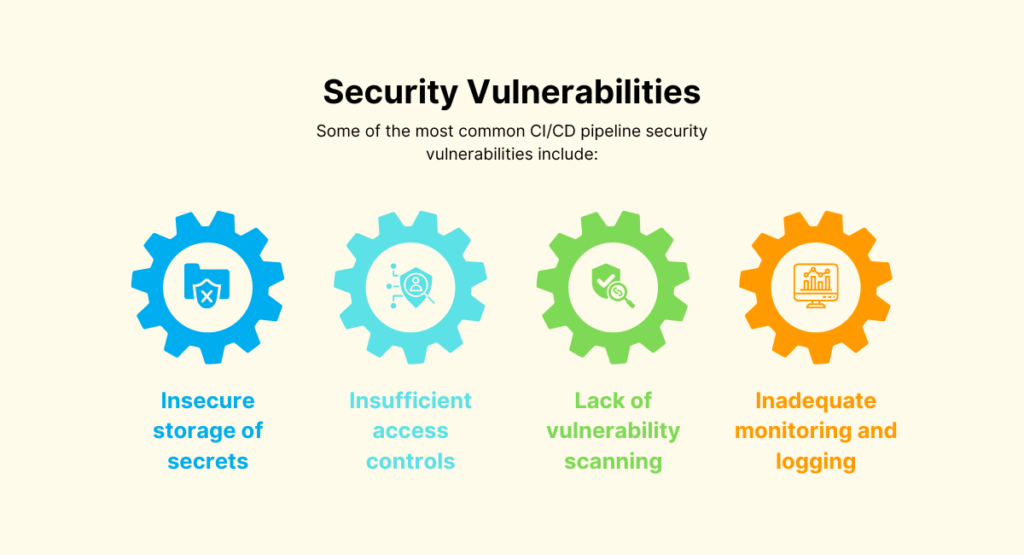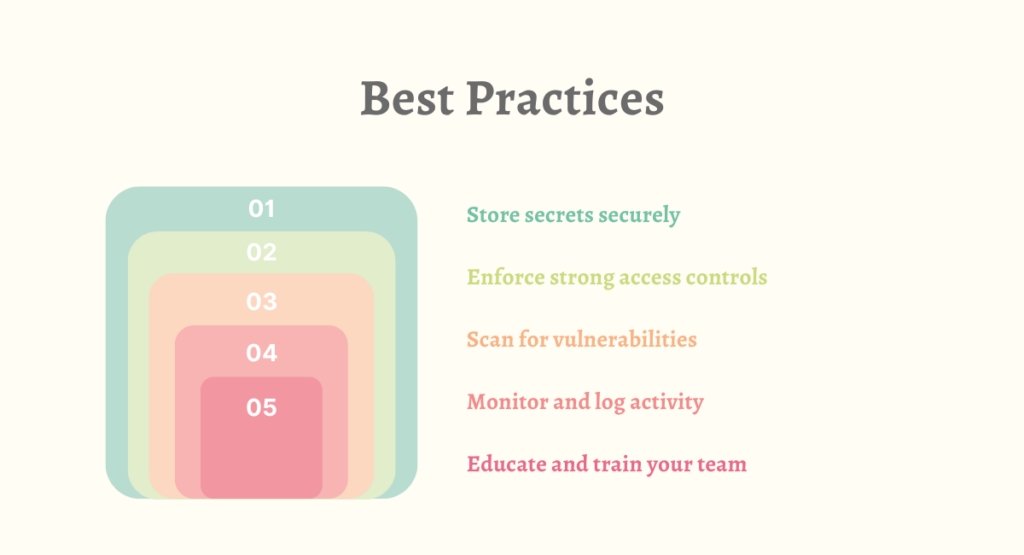The ability to quickly and efficiently deliver high-quality code to production is essential for businesses to stay ahead of the competition. This is where continuous integration/continuous delivery (CI/CD) pipeline security come into play.
CI/CD pipelines automate the process of building, testing, and deploying code, allowing teams to release new features and updates more frequently. However, as with any automated process, CI/CD pipelines are not immune to security vulnerabilities.
CI/CD pipeline security is a shared responsibility. Everyone involved in the development process, from developers to security engineers, needs to be aware of the risks and take steps to mitigate them.
CI/CD Pipeline Security

A secure CI/CD pipeline is crucial for protecting your organization's code, data, and infrastructure. Insecure pipelines can be exploited by attackers to inject malicious code, steal sensitive data, or disrupt critical systems.
The consequences of a compromised CI/CD pipeline can be severe, including data breaches, financial losses, and reputational damage.
Security Vulnerabilities

Some of the most common CI/CD pipeline security vulnerabilities include:
- Insecure storage of secrets: Secrets, such as passwords, API keys, and encryption keys, are often stored in plain text within CI/CD pipelines, making them easy targets for attackers.
- Insufficient access controls: CI/CD pipelines should have strong access controls in place to prevent unauthorized access to sensitive resources.
- Lack of vulnerability scanning: CI/CD pipelines should include vulnerability scanning tools to identify and remediate known security vulnerabilities in code and dependencies.
- Inadequate monitoring and logging: CI/CD pipelines should be monitored for suspicious activity, and logs should be retained for a sufficient period of time to enable investigations.
Best Practices

To protect your CI/CD pipeline, follow these best practices:
- Store secrets securely: Never store secrets in plain text within your CI/CD pipeline. Instead, use a secure secrets management tool to store and manage secrets.
- Enforce strong access controls: Use role-based access control (RBAC) to grant users and systems the least privilege access necessary to perform their tasks.
- Scan for vulnerabilities: Integrate vulnerability scanning tools into your CI/CD pipeline to identify and remediate known security vulnerabilities in code and dependencies.
- Monitor and log activity: Continuously monitor your CI/CD pipeline for suspicious activity, and retain logs for a sufficient period of time to enable investigations.
- Educate and train your team: Provide your team with training on CI/CD pipeline security best practices.
CI/CD pipeline security is not an afterthought; it should be integrated into the development process from the very beginning. The NCC group recounts "10 real-world stories of how we’ve compromised CI/CD pipelines"
Book a Demo and experience ContextQA testing tool in action with a complimentary, no-obligation session tailored to your business needs.
Fortifying the Flow
CI/CD pipeline security is essential for protecting your organization's code, data, and infrastructure. By following the best practices outlined in this guide, you can help to reduce the risk of a security breach and protect your organization's valuable assets.
In addition to the best practices outlined in this guide, there are a number of tools and technologies available to help you secure your CI/CD pipeline. These tools can help you automate tasks such as vulnerability scanning, access control, and monitoring.
Remember, CI/CD pipeline security is an ongoing process. As your applications and infrastructure evolve, so will the threats.
It is important to continuously assess your risks and implement new security measures as needed. By taking a proactive approach to CI/CD pipeline security.
You may also be interested in: Software Testing Journey: A Step-by-Step Guide to Quality
